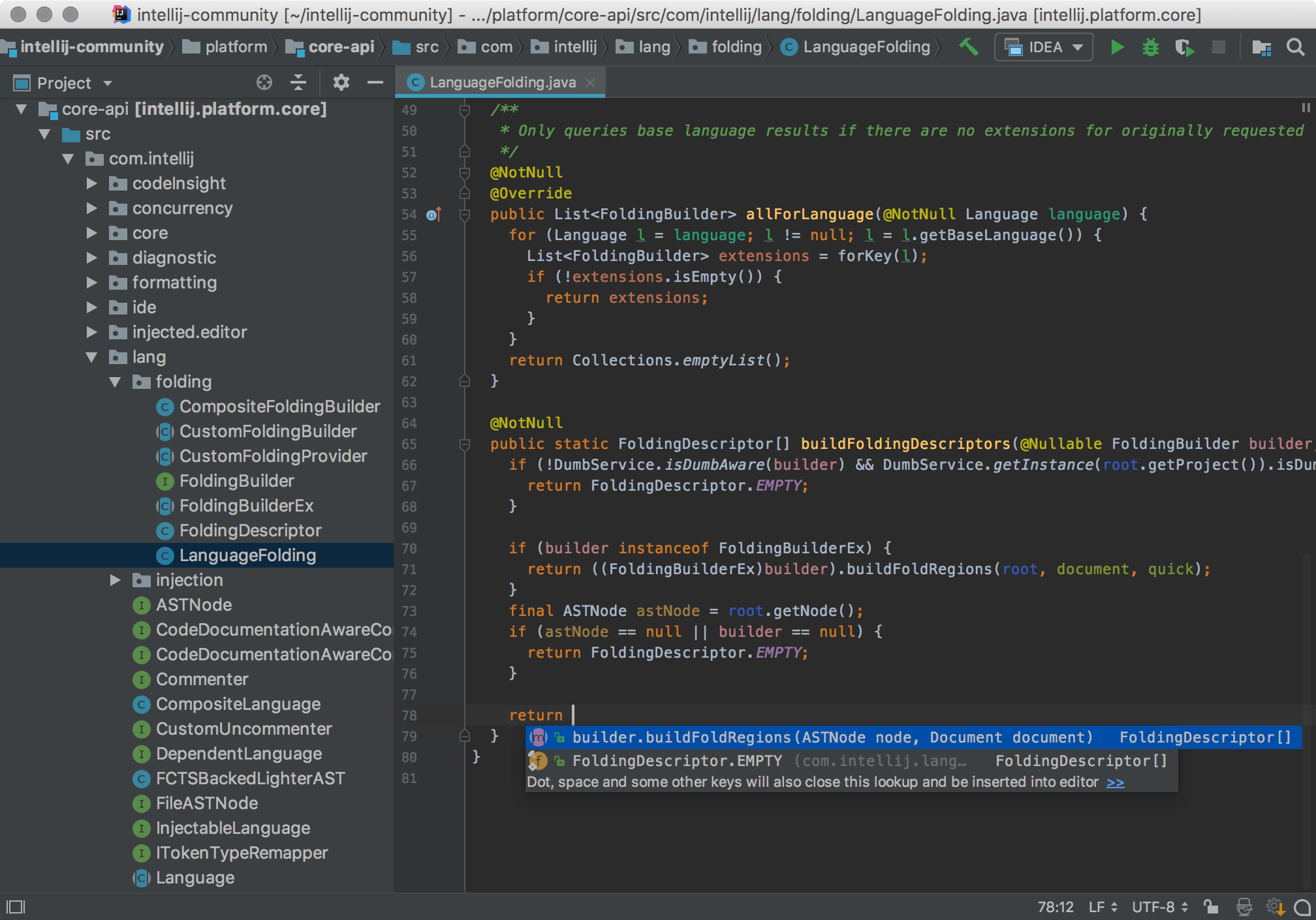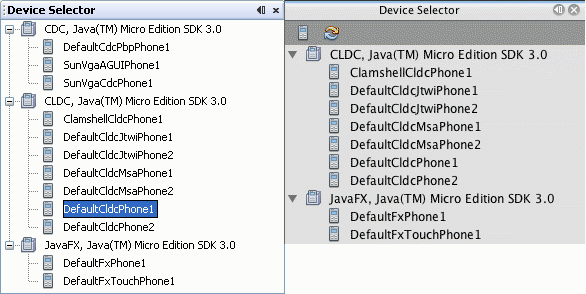
- #JAVA PLATFORM FOR MAC MAC OS#
- #JAVA PLATFORM FOR MAC INSTALL#
- #JAVA PLATFORM FOR MAC UPGRADE#
- #JAVA PLATFORM FOR MAC FULL#
- #JAVA PLATFORM FOR MAC ANDROID#
If you do not have the requisite authority, you may not accept the License Agreement or use the SDK on behalf of your employer or other entity.ģ.1 Subject to the terms of the License Agreement, Google grants you a limited, worldwide, royalty-free, non-assignable, non-exclusive, and non-sublicensable license to use the SDK solely to develop applications for compatible implementations of Android.ģ.2 You may not use this SDK to develop applications for other platforms (including non-compatible implementations of Android) or to develop another SDK.
#JAVA PLATFORM FOR MAC FULL#
You may not use the SDK if you do not accept the License Agreement.Ģ.2 By clicking to accept and/or using this SDK, you hereby agree to the terms of the License Agreement.Ģ.3 You may not use the SDK and may not accept the License Agreement if you are a person barred from receiving the SDK under the laws of the United States or other countries, including the country in which you are resident or from which you use the SDK.Ģ.4 If you are agreeing to be bound by the License Agreement on behalf of your employer or other entity, you represent and warrant that you have full legal authority to bind your employer or such entity to the License Agreement.
#JAVA PLATFORM FOR MAC ANDROID#
The License Agreement forms a legally binding contract between you and Google in relation to your use of the SDK.ġ.2 "Android" means the Android software stack for devices, as made available under the Android Open Source Project, which is located at the following URL:, as updated from time to time.ġ.3 A "compatible implementation" means any Android device that (i) complies with the Android Compatibility Definition document, which can be found at the Android compatibility website () and which may be updated from time to time and (ii) successfully passes the Android Compatibility Test Suite (CTS).ġ.4 "Google" means Google LLC, organized under the laws of the State of Delaware, USA, and operating under the laws of the USA with principal place of business at 1600 Amphitheatre Parkway, Mountain View, CA 94043, USA.Ģ.1 In order to use the SDK, you must first agree to the License Agreement. In this case, you can add JavaFX support by replacing this will the Azul JDK that comes with JavaFX included as described here.This is the Android Software Development Kit License Agreementġ.1 The Android Software Development Kit (referred to in the License Agreement as the "SDK" and specifically including the Android system files, packaged APIs, and Google APIs add-ons) is licensed to you subject to the terms of the License Agreement. However, if you see the default upon installation, adoptopenjdk-8.jdk, you will not have JavaFX support. Versions of java starting with jdk1.8.0 should support JavaFX. You can check the version of Java packaged with ImageJ2 or Fiji by right-clicking the app and viewing the contents. Whether JavaFX is supported on macOS depends on the version of Java that is used. If you have difficulties, please post on the Image.sc Forum.Īt any time, you can verify which Javas are installed on your system using this script. However, ImageJ should work OK with Java 8.
#JAVA PLATFORM FOR MAC INSTALL#
It is unfortunately no longer feasible to install Apple Java 6 on current versions of macOS. See also the Frequently Asked Questions page. this JDK bug discussing the issue.Īs a workaround, you can check “Use JFileChooser to open/save” in the Edit › Options › Input/Output… dialog. On macOS 10.11 “El Capitan” and later, the operating system no longer includes a title bar for file chooser dialogs. If you find a solution that works, allowing ImageJ to run fast in the background, please tell us on the forum!) No title bar in file chooser dialogs

(There are also various ways to disable App Nap on your machine, but we have not had much success with them. Leave ImageJ in the foreground while it is processing to avoid this issue. With macOS version 10.9 “Mavericks” and later, there is an “App Nap” feature which dramatically slows down applications that are not in the foreground. Make sure you are using the latest version of Java 8, as well as the latest version of ImageJ. There is a bug in Java 8 on macOS which causes the application to drastically slow down as many windows are opened and closed over time.
#JAVA PLATFORM FOR MAC UPGRADE#
You should either upgrade to the latest version of Java 8, or revert to Java 6 (see “Frequently Asked Questions” below). On macOS, older versions of Java 8 (prior to 1.8.0_45)-as well as all versions of Java 7 (including 1.7.0_80)-are extremely slow at displaying images. There are several reasons ImageJ can run slowly on macOS. ImageJ becomes very slow after running for a while

See also the Java 8 page for OS-X-specific issues.

This page details issues specific to using ImageJ and friends on macOS systems. It is the second most common desktop computing platform after Windows.
#JAVA PLATFORM FOR MAC MAC OS#
MacOS (formerly called Mac OS X, then OS X) is Apple’s desktop operating system.


 0 kommentar(er)
0 kommentar(er)
